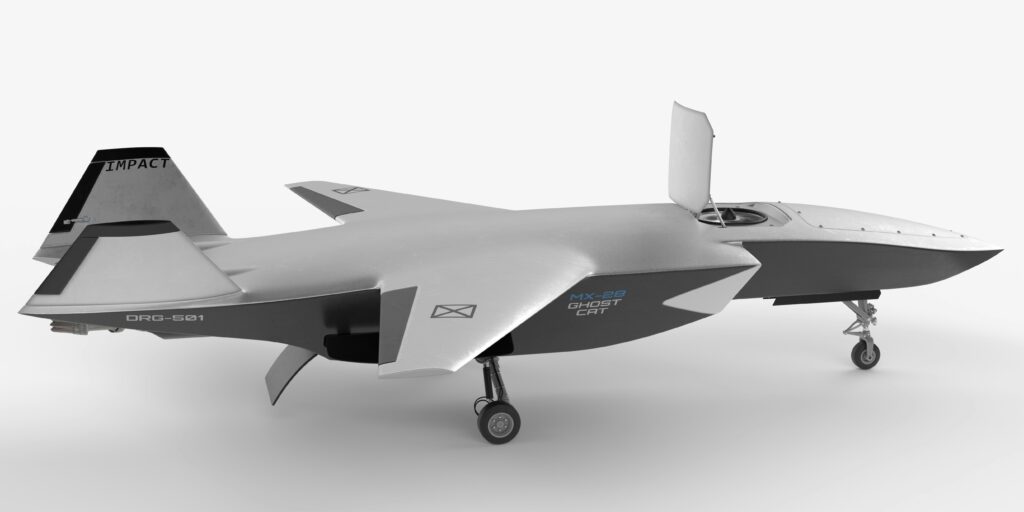Imagine a world where your morning coffee is delivered not by a barista, but by a drone. It may sound like something out of a sci-fi movie, but in reality, it’s becoming an increasingly common sight in the bustling streets of some major cities.
Companies like Amazon and Google have been experimenting with drone delivery services, using unmanned aerial vehicles to drop off packages at customers’ doorsteps with unprecedented speed and efficiency. This technology has the potential to revolutionize the way we think about logistics and transportation, making same-day deliveries a reality for more and more people.
According to a report by McKinsey, the global drone delivery market could reach a value of $29.06 billion by 2027, driven by increased demand for faster and more cost-effective delivery solutions. In fact, companies are already seeing the benefits of drone delivery, with studies showing significant reductions in delivery times and costs compared to traditional means.
But as with any new technology, there are certainly challenges to overcome. Questions around airspace regulations, safety concerns, and public acceptance all need to be addressed before drone delivery becomes a mainstream option for consumers. However, with continued advancements in technology and a growing demand for faster, more convenient delivery services, it’s clear that drones are set to become an integral part of the future of logistics.



